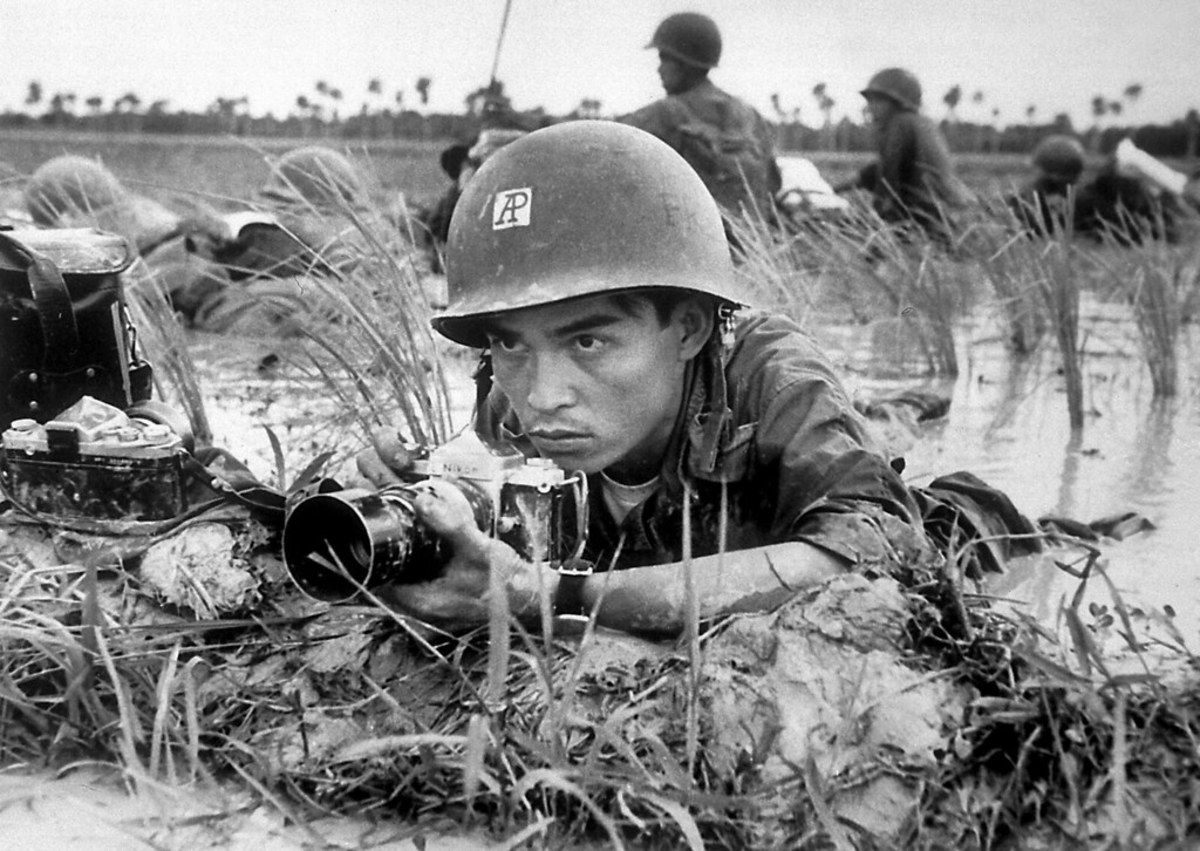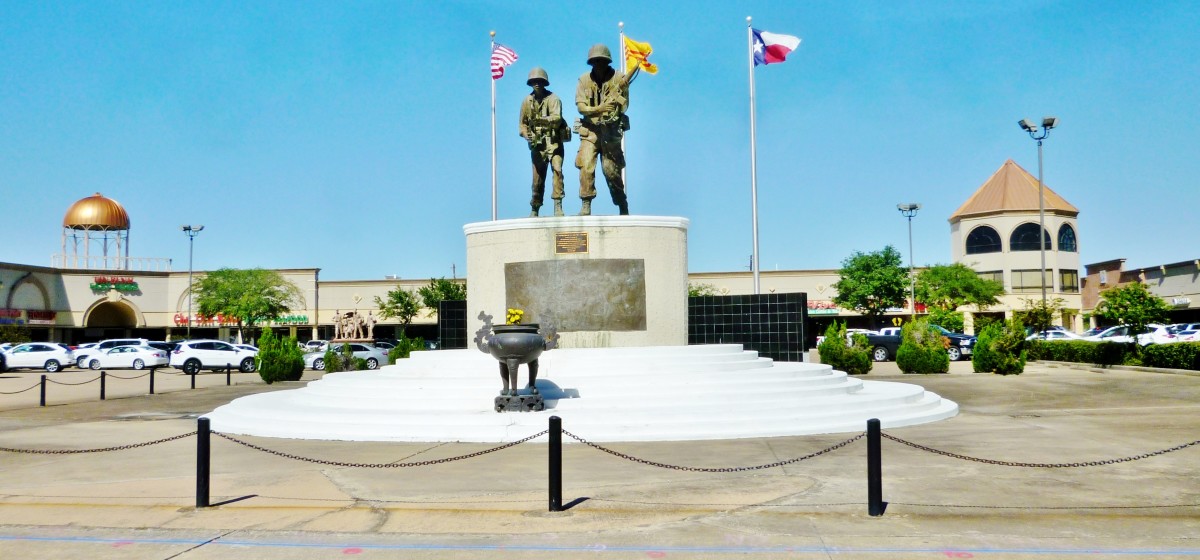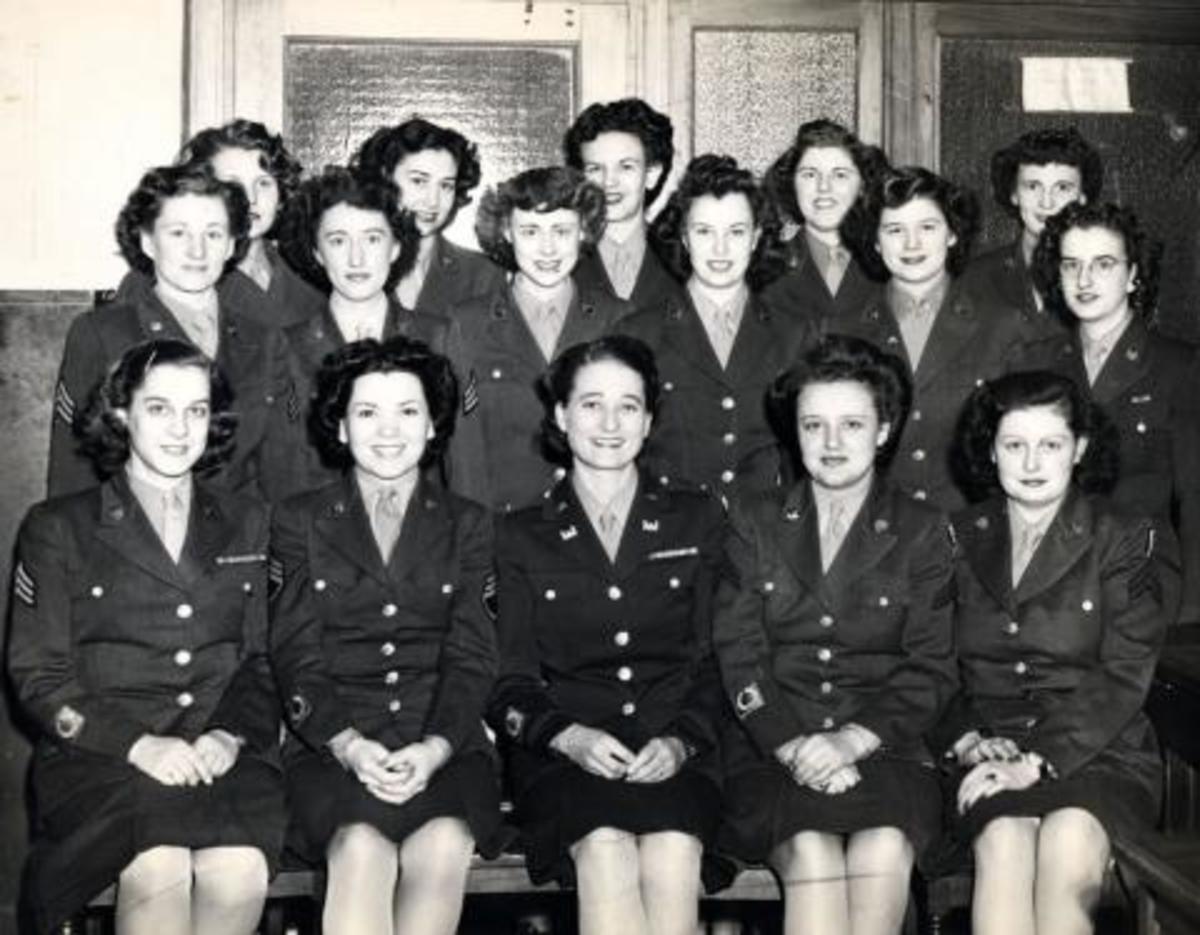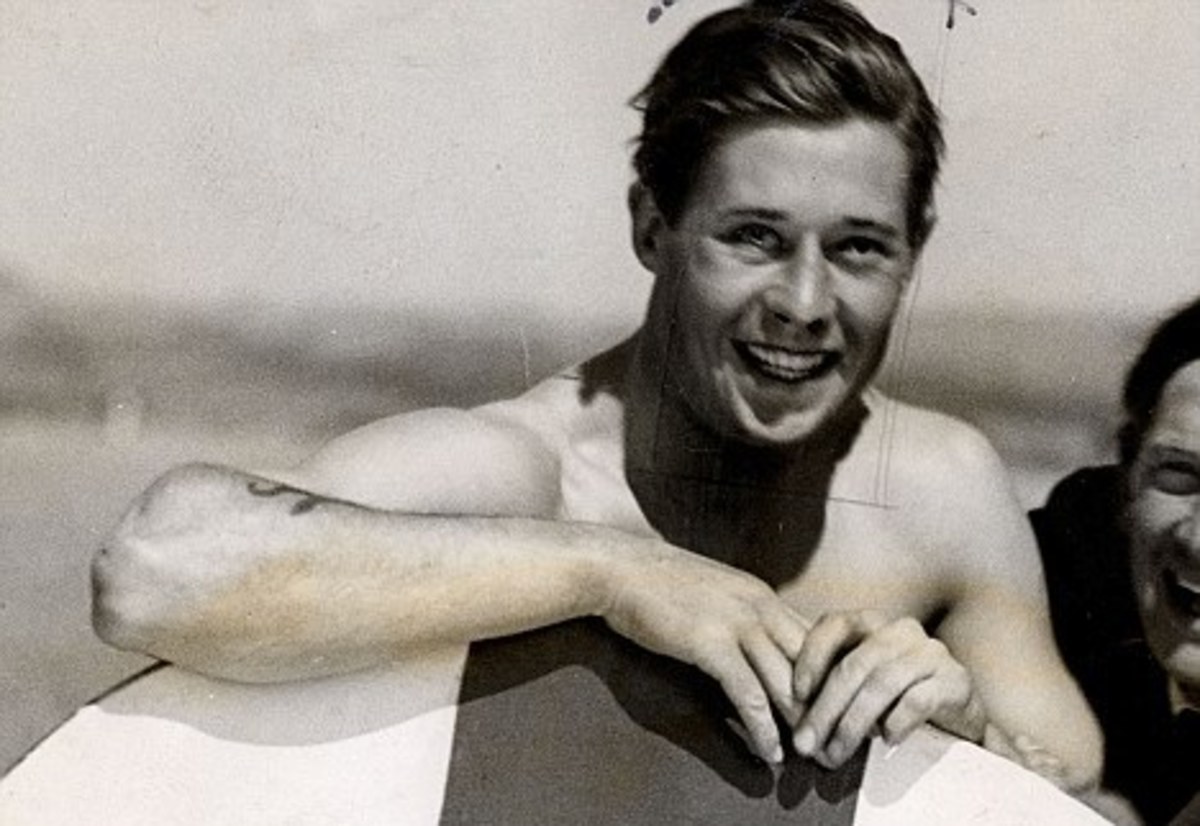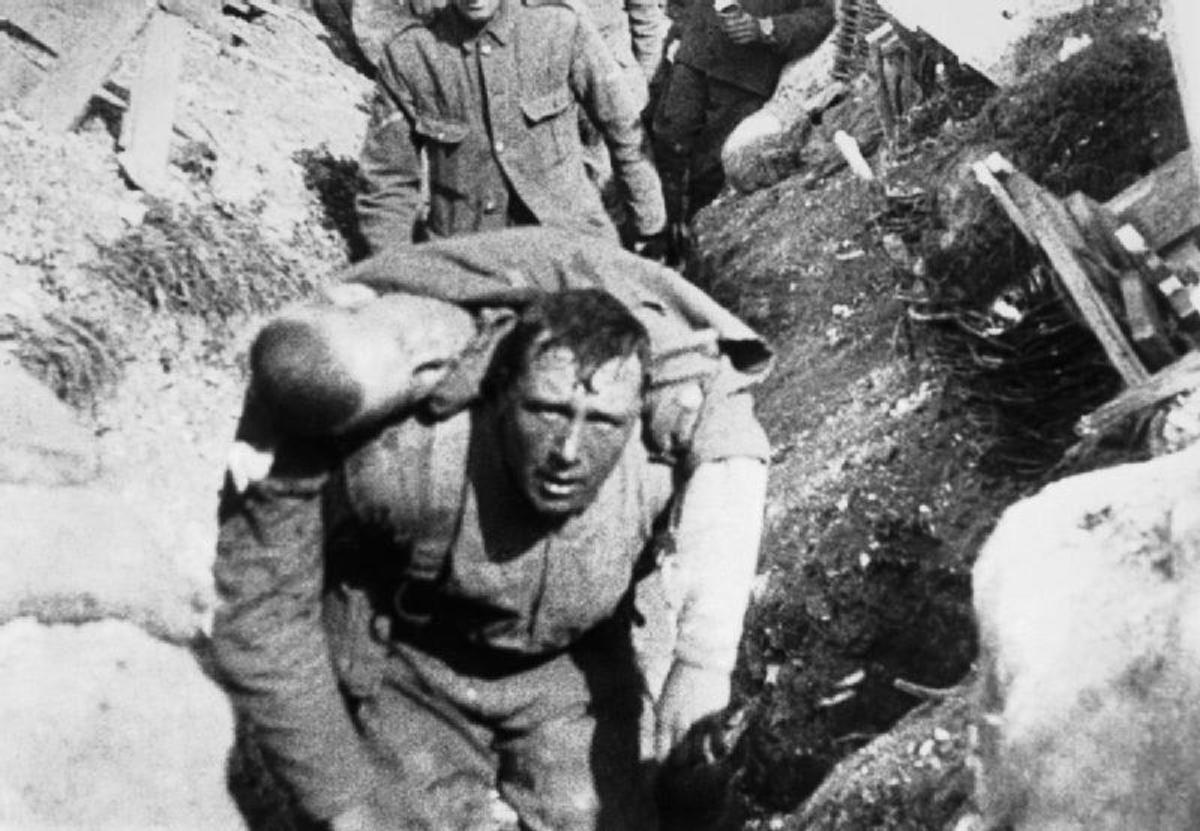- HubPages»
- Education and Science»
- History & Archaeology»
- History of the Modern Era
History of the Vietnam War
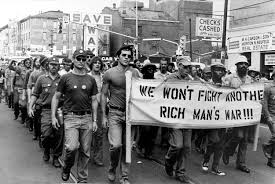
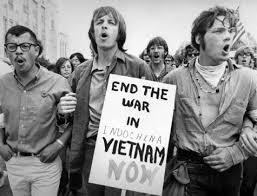
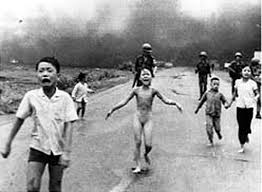
Vietnam was a time in our country that divided the country. In the beginning, America went into the Vietnam War under claims of trying to contain Communism. They began by sending in money and elitist troops to fight against the Communist half of the country. They also secretly murdered the losing president that they had at one point backed, however when Ngo Dinh Diem lost the love of his countrymen, he was useless and killed along with his brother. After that, America brought in an ineffective military regime to control their interest in the country.
After the U.S. base and South Vietnamese army headquarters in Pleiku was attacked in 1965 by Viet Cong insurgents, President Johnson ordered a retaliatory air strike referred to as Rolling Thunder. This marked a change in the way America handled the War, instead of quietly backing and killing the side they preferred, they were now being more public with their assaults. The official reason was like always, different than the actual reasoning behind the many wars this country fought. While the public was told of the atrocities of the single digit deaths of our American soldiers and the need to pressure the communist North into submission, the real reasoning was control and power. Lyndon Johnson wanted to show the power of America, as well as show China that their backing North Vietnam would not stop America’s involvement.
Shortly after Rolling Thunder, American troops landed to help protect the American military bases. For the next four months following the air strike, America bombed the North over and over again. After each wave of bombs, they offered aid to show their humanity, however the Vietnamese were not fools and refused their tainted help. More troops were needed on the ground to this now full-out war that was declared, so drafts were doubled and tripled to ensure that half a million soldiers found their way to Vietnam.
Protest began very quickly after drafting became a raging machine. Protest occurred by refusing to go to war by fleeing to Canada, as well as publically burning draft cards by many people. The government of course could not have that, so burning of draft cards were then outlawed, however prosecution of this law was limited. Anti-war demonstrations became rampant as America became more aware of their part in another war that had very little to do with America.
The United States part in the War escalated with all of the extra ground troops present. Search and destroy was a campaign made to draw out the rebellions in the North, however like many campaigns in the Vietnam War, they were highly fallible. Each time U.S. troops would sweep an area and move on, guerillas from the South and North would return to the cleared area. Another un-effective tactic of America was to use air strikes to cut-off supplies going from the North to South, however once again, the countries rebels outsmarted the Americans. With every step America took, rebel forces seemed to be to steps ahead.
Protest at home lost their civility and peace, with a more direct approach being needed. The Selective Service was the main target of the stronger protest because poor youth were usually the targets of the draft. Going to college and payments could dissuade their richer counterparts to get out of the drafting, however poorer people could not afford to buy their way out of it. The poor and lower middle class were sick of their children being sent to a war that wasn’t our countries to fight, as well as the constant inequity of who was being sent to die. As well as the poorer citizens, African Americans were sent in at a higher rate to the war.
Protesting the War became more adamant as information leaked of a massacre in Vietnam of innocent men, women and children by our American soldiers. The president of America once again attacked the protestors that fought the War abroad that was killing our soldiers and corrupting those who survived. Troops were also disenfranchised in the war and they started to lose their control and started taking drugs more heavily to deal with their personal demons of what they were doing.
Instead of ending a war that millions of Americans did not want, the government started pulling out troops slowly from one country and added a few more in near-by Cambodia. Instead of sending troops, the American government started quietly sending money and arms to Cambodia. When the American people heard of this secret war they didn’t want, more protestors were killed and injured when National Guard troops were sent in to “restore order.”
The public outrage and deaths of many finally helped to create a cease-fire in that part of the world. It also helped to make a fairer and more just way to draft American citizens to wars. All in all, America’s involvement was dicey and not backed by the American public. In the end, many Americans were killed, as well as innocents in Vietnam and Cambodia. All the deaths were for nothing, Communism was not contained and America lost their foot hold in the country.
REFERENCES:
Goldfield, D., Abbott, C., Anderson, V., Argersinger, P., Argersinger, J., Barney, W., & Weir, R. (2011). The American Journey (6th ed.). Upper Saddle River, New Jersey: Pearson.


